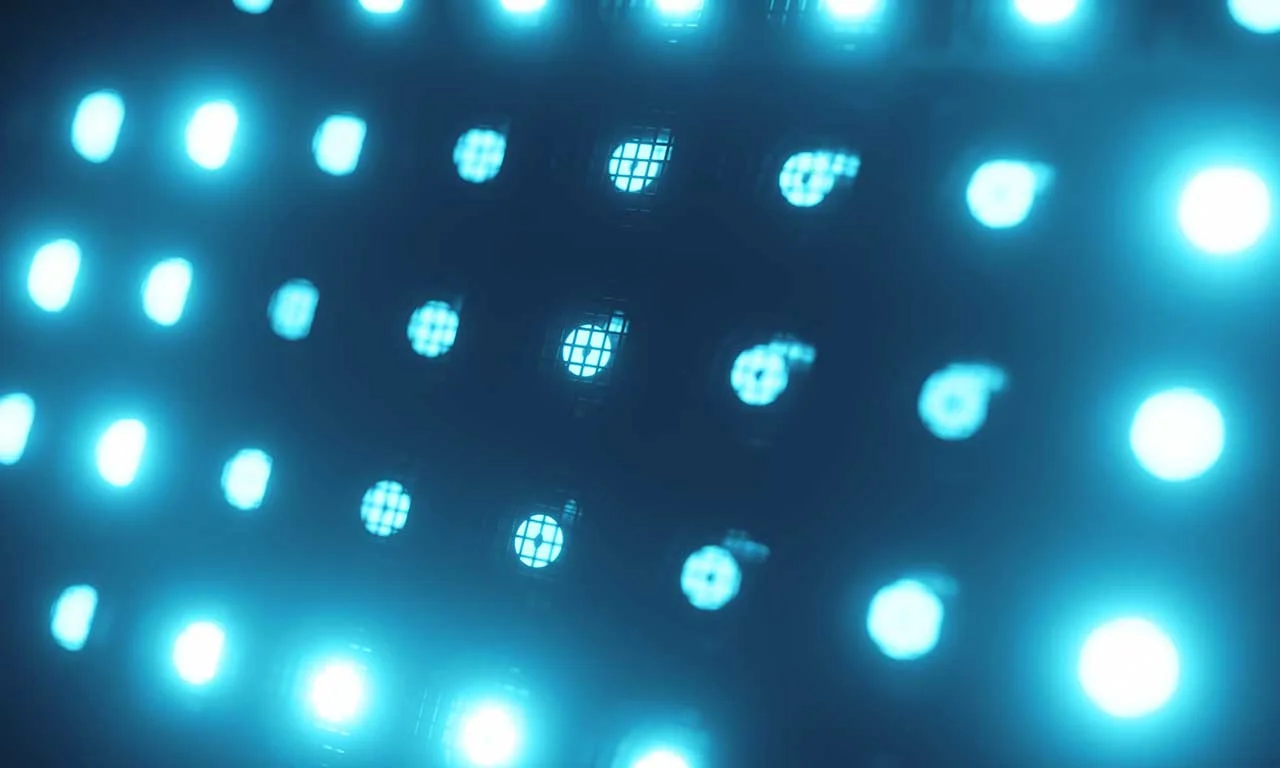In recent years, there has been a significant advancement in lighting technology, with the introduction of LED lights that are both environmentally responsible and efficient in their use of energy. As a direct consequence of this, conventional lighting technologies such as incandescent, halogen, and compact fluorescent lights (CFLs) are gradually giving way to LED lighting in private residences, commercial establishments, and public areas. This article presents a thorough comparison of LED lights with these conventional lighting technologies, examining the differences between them in terms of energy efficiency, lifespan, effect on the environment, and cost.
Energy Efficiency
The Light Emitting Diode, or LED, technology has brought about a sea change in the lighting industry as a direct result of its significantly improved energy efficiency in comparison to more conventional lighting technologies. When compared to incandescent, halogen, and compact fluorescent light bulbs (CFLs), the amount of light that can be produced by LEDs while using a substantially lower amount of energy.
Incandescent bulbs, the oldest and least efficient technology, convert only about 5-10% of the energy they consume into light, with the remaining energy lost as heat. Halogen bulbs, a type of incandescent light, are slightly more efficient, but still far less efficient than LEDs. CFLs are more energy-efficient than incandescent and halogen bulbs, converting around 25% of the energy consumed into light. In contrast, LED lights can convert up to 90% of the energy consumed into light, making them the most energy-efficient option on the market.
Lifespan
The lifespan of led lighting solutions is much longer compared to traditional lighting technologies. The average lifespan of an LED light is around 25,000 to 50,000 hours, depending on the specific product and usage conditions. In comparison, incandescent bulbs typically last for about 1,000 to 2,000 hours, halogen bulbs for 2,000 to 6,000 hours, and CFLs for 8,000 to 15,000 hours. This extended lifespan of LED lights significantly reduces the need for frequent replacements, leading to lower maintenance costs and reduced waste.
Environmental Impact
It is important to look at energy consumption, resource usage, and waste generation when thinking about the effect that lighting technologies have on the environment. In every one of these categories, the performance of LED lights is superior to that of conventional lighting technologies.
As mentioned earlier, LED lights consume far less energy than incandescent, halogen, and CFL bulbs, leading to reduced greenhouse gas emissions from power plants. Additionally, LED lights do not contain hazardous materials like mercury, which is found in CFLs. The disposal of mercury-containing CFLs can lead to environmental pollution if not handled correctly.
The longer lifespan of LED lights also results in reduced waste generation; as fewer replacements are needed over time. This not only saves resources but also reduces the amount of waste that ends up in landfills.
Light Quality
The quality of light produced by LEDs has improved significantly over the years, and they now offer comparable or superior light quality to traditional lighting technologies. LED lights are available in a wide range of color temperatures, from warm white to cool white, allowing users to choose the desired ambiance for their space. They also provide better color rendering, which means that colors appear more accurate and vibrant under LED lighting.
In comparison, incandescent and halogen bulbs emit a warm, yellowish light that may be preferred for some applications but is not as versatile as LED lighting. CFLs can produce a range of color temperatures, but their color rendering is generally inferior to that of LEDs, making colors appear washed out or dull.
Another advantage of LED lights is their instant-on capability, which means they reach full brightness immediately when turned on. In contrast, CFLs often take several seconds to minutes to achieve their full brightness, which can be inconvenient in some situations.
Dimmability And Control Options
LED lights offer greater dimming capabilities and control options compared to traditional lighting technologies. While incandescent and halogen bulbs are generally compatible with dimmer switches, the dimming range may be limited, and they can become less energy-efficient when dimmed. CFLs, on the other hand, require specific dimmable models and compatible dimmer switches, making them less versatile.
Dimmable LED lights provide a smooth and flicker-free dimming experience, allowing for greater flexibility in the process of developing the desired ambiance. These lights are available in a variety of choices. In addition, LED lights are easily incorporated into smart lighting systems, which give users the ability to control their lighting with mobile devices, voice commands, and automation software.
Cost
Although the upfront cost of LED lights is higher than that of incandescent, halogen, and CFL bulbs, they offer significant long-term savings due to their superior energy efficiency and longer lifespan. The reduced energy consumption of LED lights results in lower electricity bills, while their extended lifespan means fewer replacements, leading to savings on maintenance costs.
Traditional lighting technologies have a much higher upfront cost, but the overall cost of ownership for LED lights is significantly lower over time. It is anticipated that the upfront cost of LED lights will continue to decrease as LED technology continues to progress and become more widespread, which will make LED lights even more cost-effective.
Safety
LED lights are safer than traditional lighting technologies in several aspects. As they generate much less heat compared to incandescent and halogen bulbs, the risk of burns or fires caused by overheating is significantly reduced. This lower heat output also makes LED lights more suitable for temperature-sensitive applications, such as in art galleries or near heat-sensitive materials.
Moreover, since LED lights do not contain hazardous materials like mercury found in CFLs, there are no health risks associated with their disposal or breakage.
Conclusion
In summary, LED lights offer numerous advantages over traditional lighting technologies, such as incandescent, halogen, and compact fluorescent lights. With their superior energy efficiency, longer lifespan, lower environmental impact, better light quality, and enhanced dimmability and control options, LED lights are the clear choice for both residential and commercial applications.
As LED technology continues to evolve and become more affordable, it is expected that LED lights will eventually replace traditional lighting technologies entirely, providing a more sustainable and cost-effective solution for our lighting needs.


















